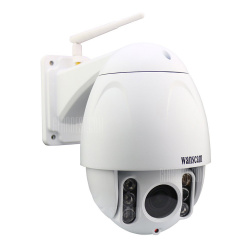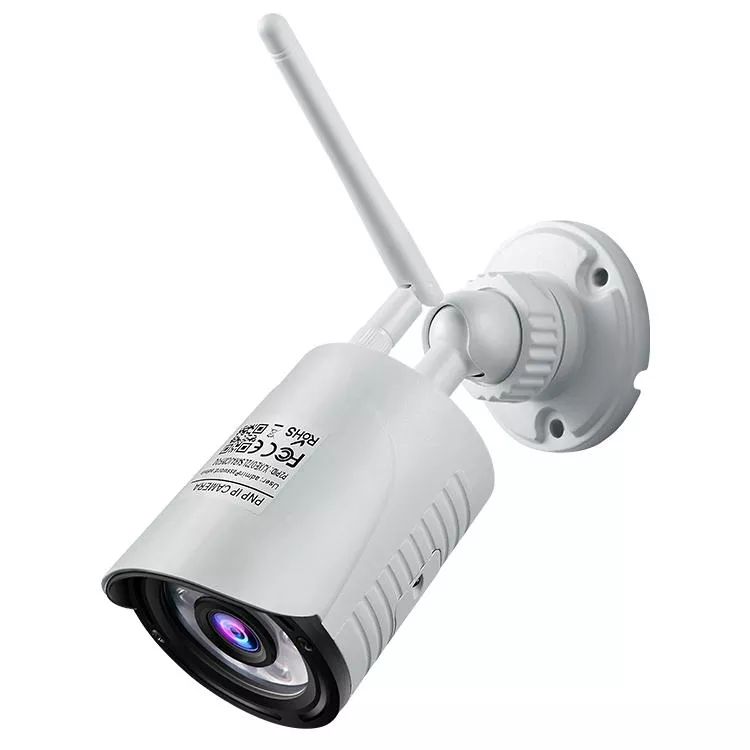

Motion detection with cloud image recording to FTP server.Easy WiFi Configuration via a network cable and web browser.Supports both wired and wireless connection, but not PoE.

Two-way audio, Remote Pan/ Tilt rotate, indoor use.Supports 640x480 video resolution with up to 30 fps.Newer models might have added H.264 video recording feature. The camera model JW0004 that we tested is a little old and can only support 640x480 image recording. In general, we believe Wansview is better suited for cloud recording than Wanscam. Please note Wanscam is different from Wansview. Wanscam network cameras are usually compatible with CameraFTP cloud recording service. Configure Video Profile and Image/Video Recording OptionsĤ.1 Configure Video / Image Settings (Resolution, Frame Rate, Bit Rate) Step 2: Configure the Camera Using the Web-based Configuration Tool Step 1: Connect camera to the network and find IP address Hope this saves someone some time.Camera for Cloud Recording, Monitoring and Playback The camera, by default, will continue moving in a direction until it receives a "stop" command - I introduced a simple sleep step followed by a stop step to allow this to increment movement. While I find the presets to be the most effective and useful for PTZ, I also wanted navigation. These were based off and this user's post:

Update the username ("admin" below) and password ("Censored" below) to fit your needs. These files were placed in /etc/motioneye and made executable In theory, this same approach should work for any modern Amcrest PTZ camera. Also it should be checked if there's already such script and if it's really symlink to /usr/share/motioneye/driver_*, so it does not accidentaly overwrite other custom scripts or symlinks that we might have configured manualy.Īlright, this page started me down a rabbit hole that resulted in working PTZ buttons for my Amcrest IP2M-841W. Once it will be tested it might be even possible to create/delete these symlinks automatically if user will click on "enable onvif support" (pan+tilt, zoom and focus can be enabled separately depending on capabilities of camera). This is completely unobtrussive to motioneye architecture and very easy to configure (once somebody will write such onvif driver). The driver_ptz_onvif will then read $0 variable (containing name of symlink called) to figure for which cam and which action it was called and will be even able to parse ip address of cam and login credentials from /etc/motioneye/nf. Ln -s /usr/share/motioneye/driver_ptz_onvif /etc/motioneye/zoom_in_1 to enable onvif zoom in on camera 1 you will simply do: Then you symlink such script to multiple actions, eg. in /usr/share/motioneye and will be symlinked for all cameras and actions that should use given PTZ standard (you can have multiple scripts for multiple kinds of standarts/protocols/vendors/cameras).

If there's standard on PTZ it should be quite easy to write bash script that will reside eg.


 0 kommentar(er)
0 kommentar(er)
